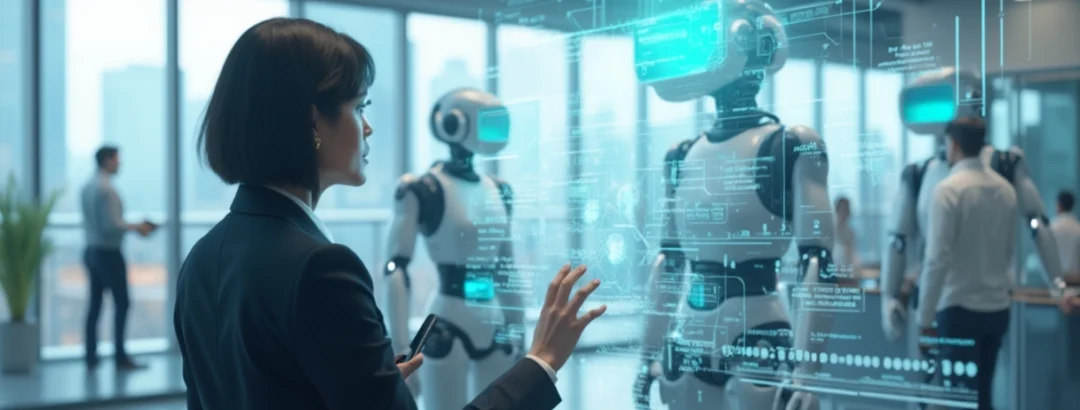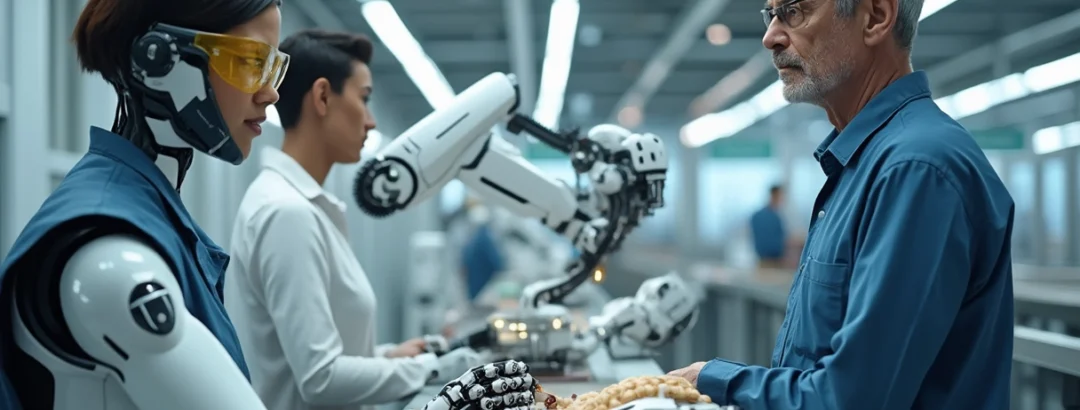Process automation has become a crucial factor in driving business efficiency and competitiveness. Recent research from the Intelligent Business Process Automation Observatory at Politecnico di Milano reveals significant insights into the adoption of automation technologies among Italian companies. While 42% of large Italian companies have embraced process automation, only 15% have ventured into intelligent process automation projects that integrate traditional methods with AI functionalities.
The adoption rate of intelligent automation varies considerably based on company size. Larger companies with over 1000 employees show a higher adoption rate of 34%, while medium-sized companies (250-999 employees) lag behind at 10%. This disparity underscores the challenges smaller organizations face in implementing advanced automation solutions.
Despite the relatively low adoption of intelligent automation, there’s a growing interest in AI projects among large Italian companies. The research indicates that 61% of these companies have initiated at least one experimental AI project. However, it’s worth noting that most of these projects are focused on building decision-making systems rather than automation, and many remain in the experimental phase without full integration into business processes.
The sectors most actively involved in intelligent automation include administration, finance, and control, operations, sales, and customer service. These areas present significant opportunities for process optimization and efficiency gains through intelligent automation technologies.
Challenges in Adoption and Implementation
While the potential benefits of intelligent automation are clear, companies face several barriers to adoption. These include the integration of data and technologies, management of internal resistance, proper handling of customer reactions, and the complexity of mapping and analyzing non-linear processes. Moreover, only 15% of large Italian companies have begun formalizing their competence to make it accessible to AI-supported automated systems, indicating a need for more structured approaches to knowledge management and AI integration.
To better understand the adoption of process automation, it’s helpful to consider three incremental levels: task-level automation (focusing on elementary activities), business process automation (coordinating multiple activities within a process), and business process reengineering (redesigning processes alongside automation implementation). Companies need to assess their current capabilities and goals to determine the most appropriate level of automation for their needs.
The Global Landscape of Process Automation
On an international scale, the process automation market is experiencing significant growth and investment. An analysis of 501 companies active in Process Automation reveals that these firms have collectively raised $15 billion in funding over the past two decades, with a remarkable 82% of this funding occurring between 2018 and 2022. This surge in investment highlights the increasing importance of automation technologies in the global business landscape.
The emergence of Robotic Process Automation (RPA) as a distinct software sector has been a key driver in this growth. RPA companies, along with Big Tech firms, are expanding their offerings to include new AI-enabled functionalities, further enhancing the capabilities of automation solutions.
AI Applications in Business Process Management and Automation
As the field of intelligent automation evolves, five key categories of AI application have emerged in business process management and automation:
1. Business Process Management (AI4BPM): AI supports process analysis and modeling, identifies bottlenecks and inefficiencies, reconstructs end-to-end processes, and provides execution suggestions.
2. Development and Operation of Automation: This category focuses on the design, development, orchestration, and maintenance of automation systems.
3. Interaction with Automation: AI builds new ways for users to interact with process automation systems, enhancing usability and accessibility.
4. Process Automation: AI enables automation from unstructured input data and makes decision-making logic dynamic and predictive.
5. Orchestration of Multiple Processes: AI coordinates and activates different interconnected processes in series or sequence, optimizing overall workflow efficiency.
These AI applications are transforming the landscape of business process management, offering companies unprecedented opportunities to enhance efficiency, reduce errors, and drive innovation across their operations. As the technology continues to mature and adoption rates increase, we can expect to see even more sophisticated and impactful applications of AI in process automation in the coming years.





